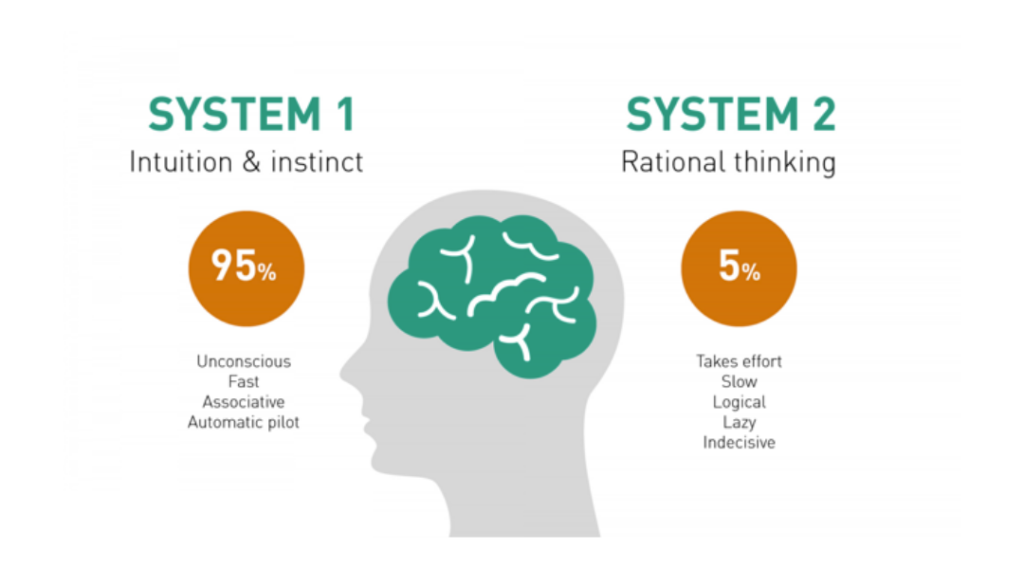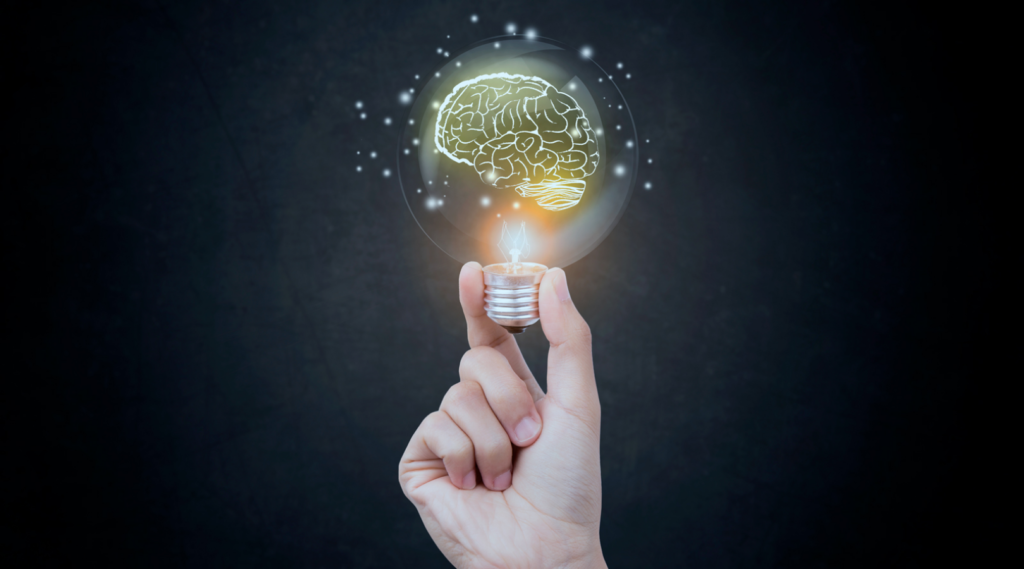Where does emotion come from? What part do they play in your daily life?
If I was to ask you to describe how you’re feeling at a given moment in time, could you?
Emotions = Feelings?
The concept of our Emotions & Feelings is often conflated and interchanged seamlessly. Despite being dependent on one another, our emotions and our feelings are quite different.
Emotions describe physiological states and are generated within our subconscious mind. Our emotions are typically uncontrollable responses within our bodies to a given event.
Whereas our Feelings are subjective experiences of emotions and are driven by conscious thoughts and reflections.
To summarise, what this means is that we can have emotions without having feelings, however, we simply cannot have feelings without having emotions.
What Are Our Basic Emotions?
At Future Proof Insights, we believe there are 7 fundamental or Primary Emotions: Joy, Surprise, Fear, Disgust, Anger, Contempt and Sadness. Based on these, we build secondary emotions, which can add up to several over 25.
In addition to labelling emotions, it is possible to include two additional metrics of emotion which can help inform on our state are:
- Arousal – Excitement vs. Calmness
- Valence – Positivity vs. Negativity
Arousal refers to the psycho-physiological state of being awake and reactive and is relevant for any kind of regulation of consciousness, attention, and information processing.
Yet, basing our analysis on Arousal alone we cannot determine the quality of an emotion, or whether an emotion is positive (joy) or negative (fear), and this is addressed through the Valence dimension.
Where Does Emotion Come From?
Unfortunately, there is no single brain region where all of our positive or negative emotions are processed. However, several studies identified brain regions that are involved in the cognitive processes of both positive and negative emotions.

Emotions are generated by synchronization of neural networks throughout the human brain, involving visual and auditory areas in occipital and temporal regions that process incoming information as well as self-referential areas in parietal regions. During the processing of for example joyful stimuli, these areas closely interact with the medial orbitofrontal cortex.
Furthermore, the nucleus accumbens is active when feeling desire.
Negative emotions such as stress, fear, and disgust, on the other hand, are generally associated with much deeper and older brain structures such as the amygdala or the insula.
Are Emotions Really Unconscious?
Yes, they are.
Take the example of watching a horror movie at home – even though you are in a very safe environment and there is nothing to be scared of you might get nervous and frightened. There is the chance that you might even try to hide. Your body responds with stronger respiration, faster heartbeat, and increased pupil dilation.
Before you can start to consciously become aware of fear or even respond with a scream, your autonomous nervous system has already pulled the levers and triggered all bodily changes. This again shows that emotions do not automatically result in feelings but that they steer our actions.
Do Emotions Influence Our Thinking?
Our emotions hold a certain amount of power over our thoughts as they are our very first impression, before applying any logical thought to an experience. This subconscious reaction is centred on emotions, feelings and attitudes.
Therefore it can be argued that our emotions are the precursor for our logical or rational reasoning. Ron Richard in his article about dispositions, attitudes, and habits stated “our emotions are laying the groundwork for the thinking that is to come”.
The fact that emotions appear “pre-cognitively” (i.e., before applying any thought or logic) is quite helpful in a lot of cases. When we feel threatened, for example, there simply is no time to think. Instead, emotions “take over” and trigger immediate behavioural responses in split seconds, to preventing or avoid any potential negative outcomes.
Our emotions support decision making and serve as a source of motivation to select and take appropriate action.
Why Do We Need Emotions?
The five main purposes of emotions have been summarised by Kendra Cherry, Psychology Expert, as
Emotions help us to:
- Take action
- Survive
- Strike and avoid danger
- Make decisions
- Understand others & be understood
From an evolutionary perspective, the parts of our brain responsible for logical reasoning and rational thought are (e.g. Neocortex) are significantly younger than other brain areas that are modulated subconsciously (Brain Stem), providing our subconscious brain (i.e. emotions) with more power or influence over our decisions than cognition or rationality.

As social beings, our own emotions are impacted by processing the emotions of others, via the information they convey and how they convey it.
If we see the fear on the face of another, we instantly scan for dangerous or hazardous stimuli in the environment. Similarly, we subconsciously process safety and happiness when we experience happiness from others.
In summary, the emotions, cognitions, and behaviour of human beings can easily be affected by emotional stimuli.
Want to Learn More About Neuromarketing? Join Our Mailing List
Is it Possible To Measure Emotions?
The emotions that an individual can feel at a given point in time can be impacted by a multitude of factors as emotions are complex. Simply asking someone about their emotions is flawed as the ability to articulate your emotions is driven by an awareness of inner states, environment, cultural impact and the ability to label and put your emotions into words.
Our Biometric Testing provide Future Proof Insights with the ability to bypass all of these challenges target the physiological measures that cut through the noise.
Our multi-modal approach that links several cutting-edge technologies provides us with the ability to identify the presence and strength of an emotional response, label the emotion in question and pinpoint the contributing stimulus that is triggering this emotional response. This is all achieved through the use of technologies such as Galvanic Skin Response (GSR), Facial Coding (FC) and Eye-Tracking (ET).For more information on Biometric Testing or some interesting research applications please visit our Blog






